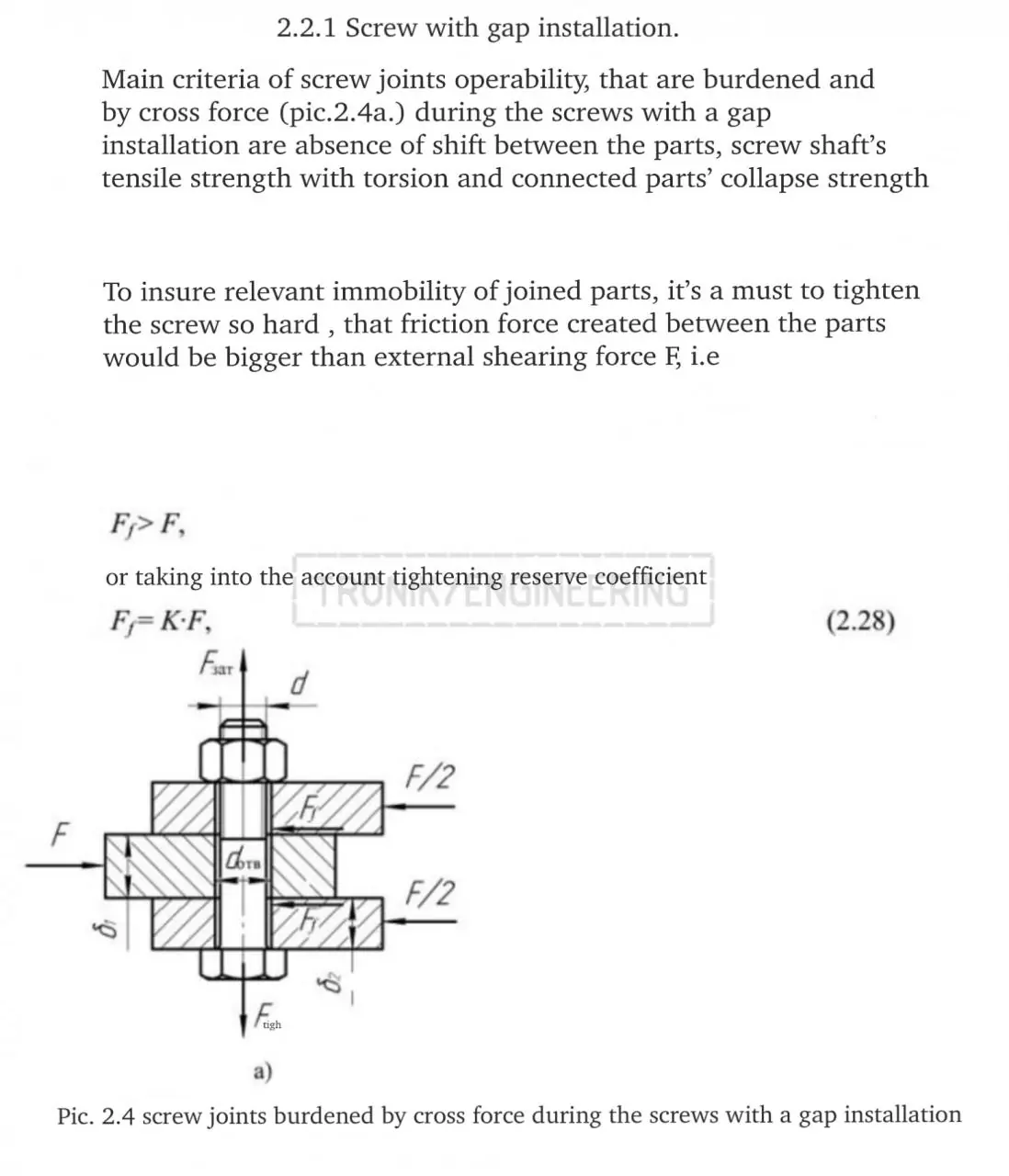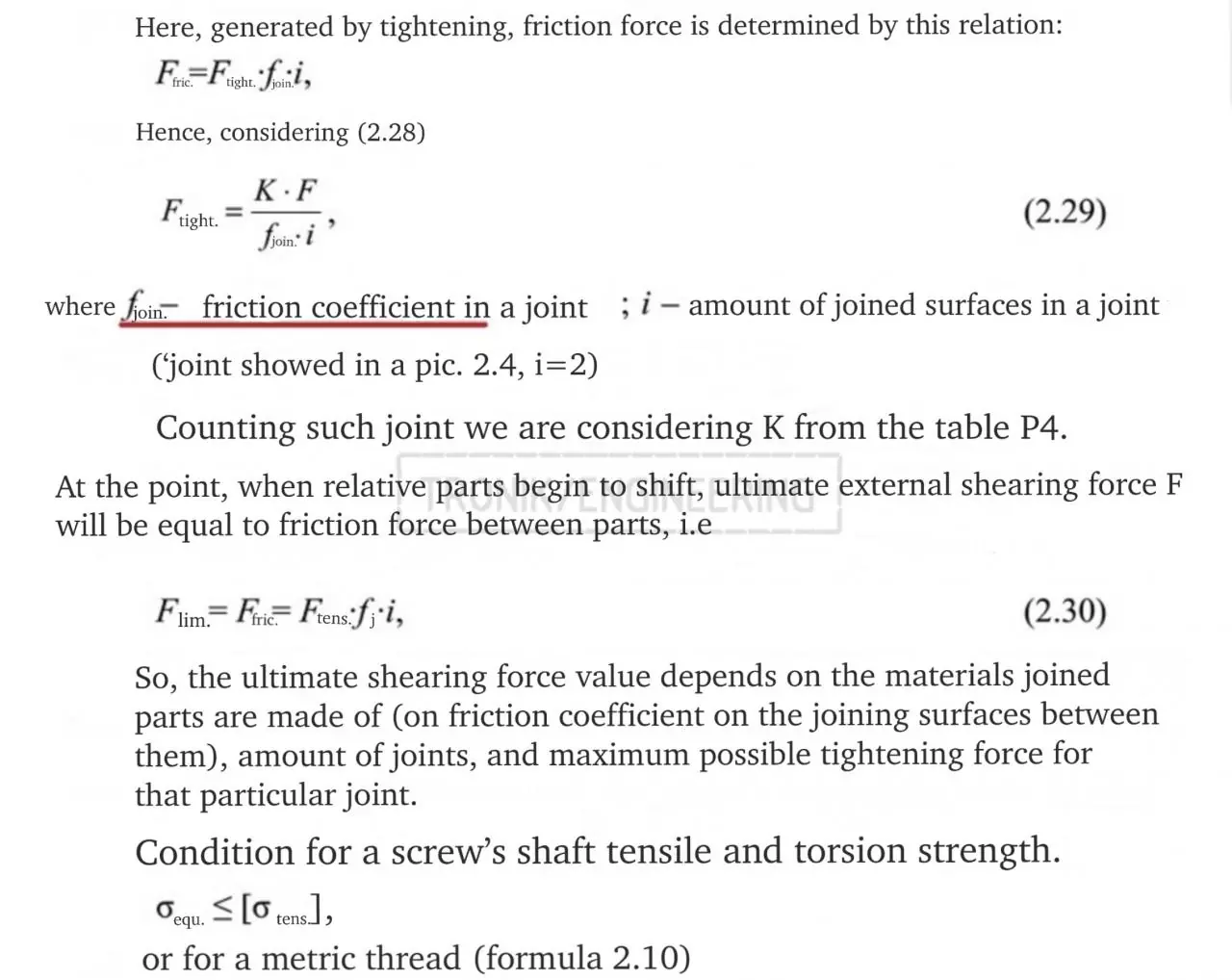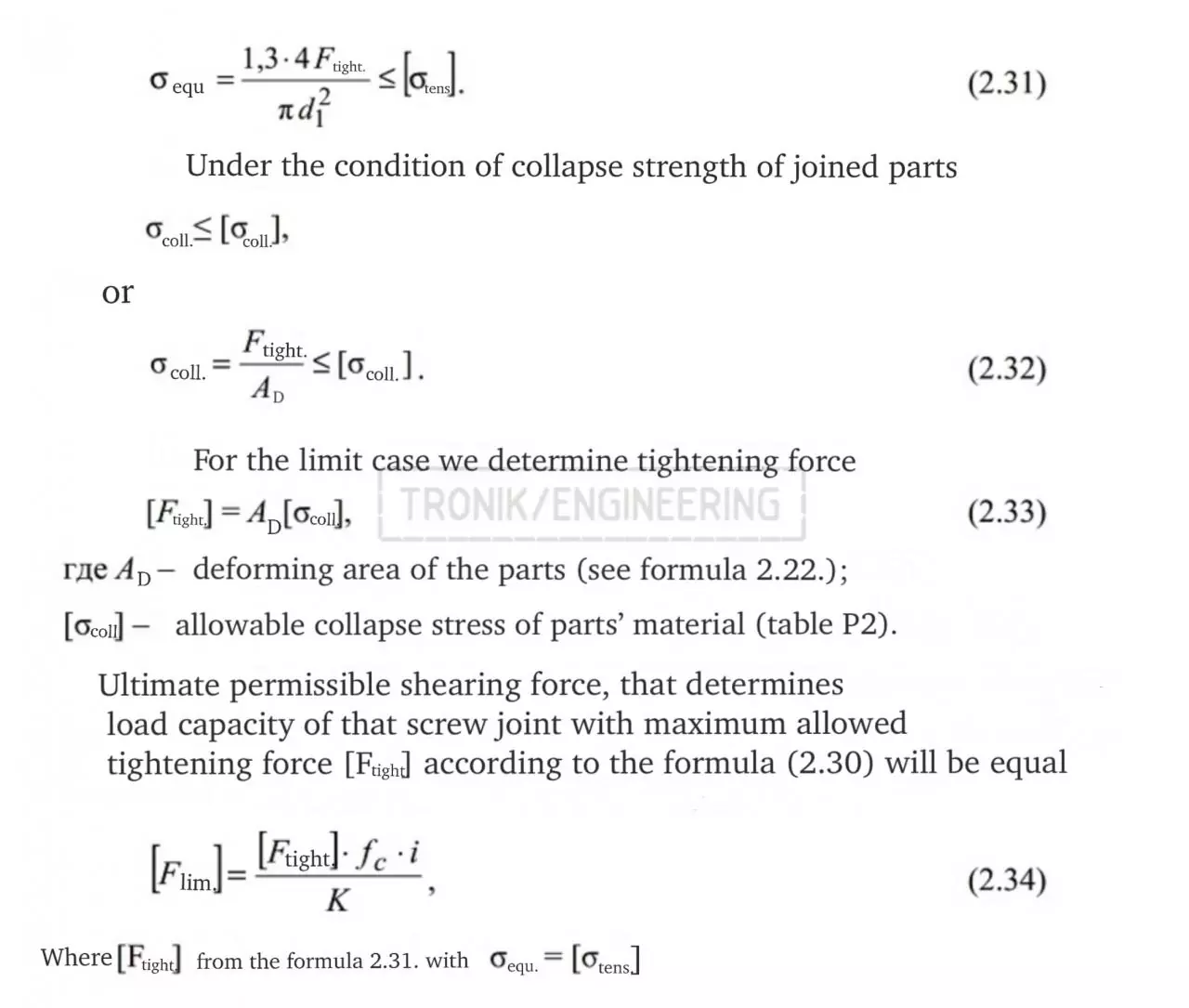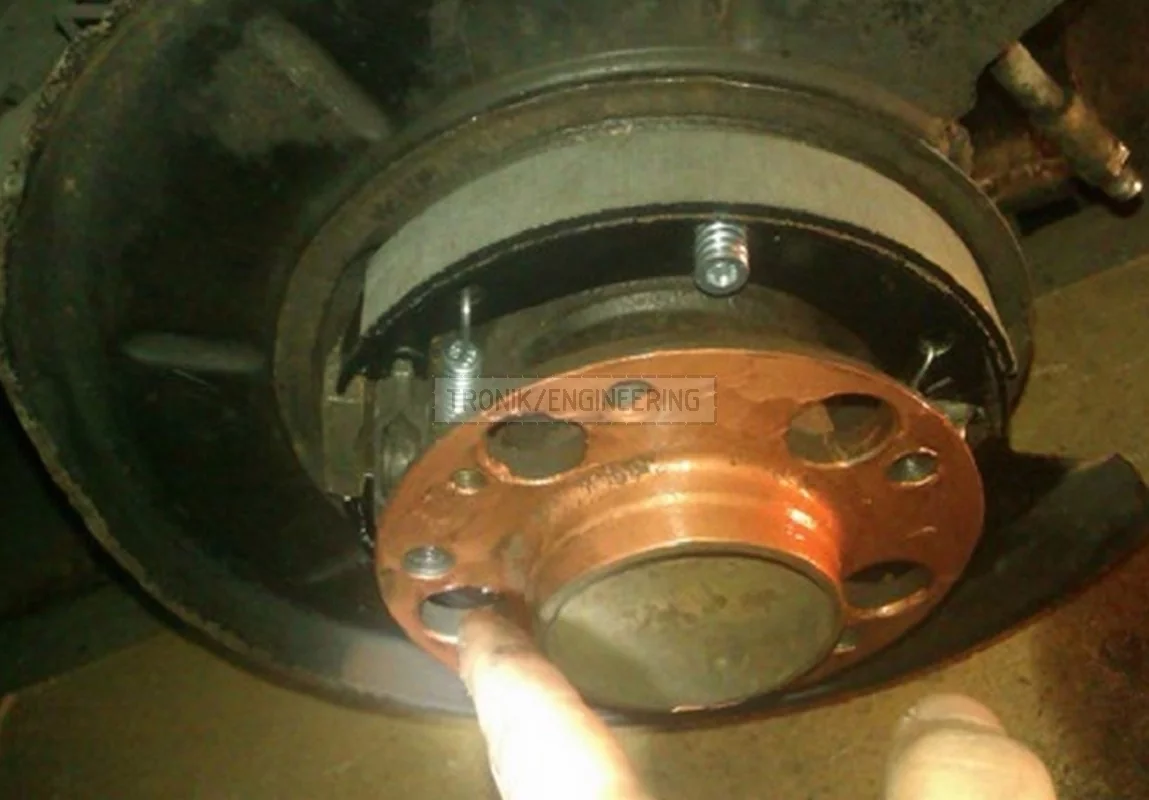The danger of friction force reduction as a result of incorrect use of grease
Too bad, that reading car manufacturer’s recommendations or study basics of construction, mechanics of materials, theoretical mechanics behind the desk.. recently went out of style…
Every gopher is an agronomist nowadays, it’s like a motto now..
The Internet is full of advisers..
I will try to shine some light into the dark world of the Internet.
As everyone knows, the friction force is our everything.
The car’s hat, a brake rotor, and a disc are an assembly.
Three rotating subjects have an axial fixation on ledges for more accurate positioning
It’s completely obvious, that during an acceleration and braking torque is produced.
To transmit this torque fastening with screws or lag-nut is used.
I want to bring to your attention, that screw or lag-nut are used with a gap.
It’s a term in engineering, which tells us that the joint is calculated not based on screw and lug-nut shear, but on friction force in joined parts.
To put it simply, screw or lug-nut must squeeze bracing planes so tight, that there would be no torque strong enough for them to shift.
Let’s ask the world of the web how to change brake rotors.
You can see the advice from the “experienced”, who say that you need to apply or even pour over a copper spray.
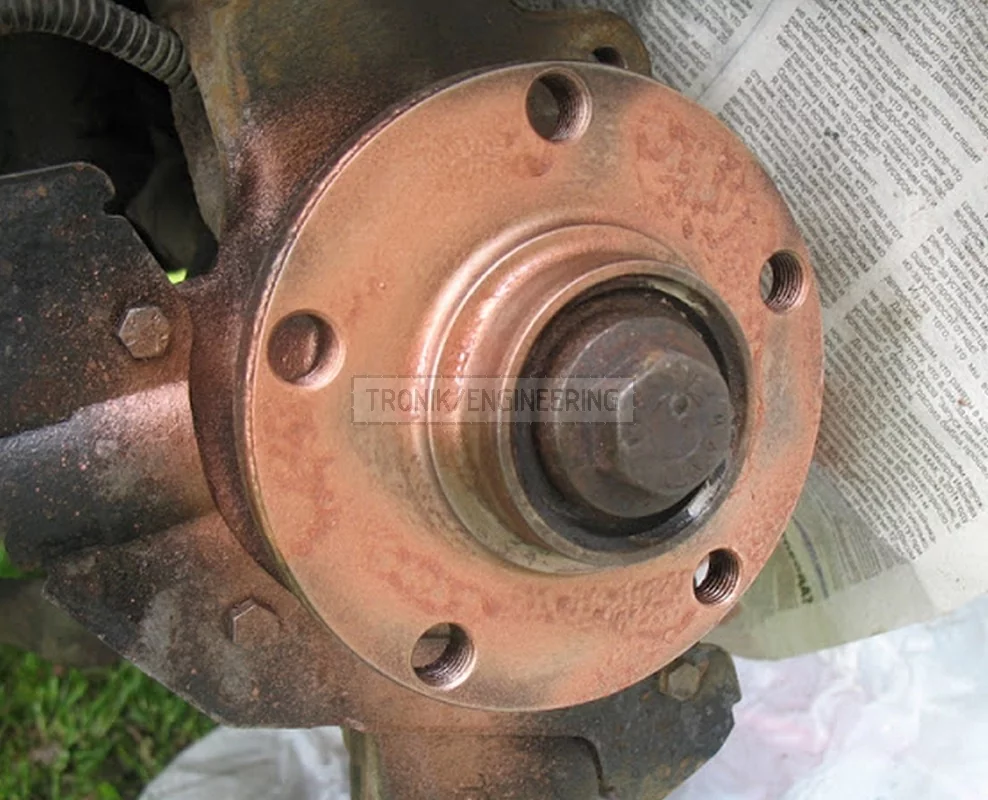
“On top of that pour it all over the brake rotor!” (NOT our advice!!!)
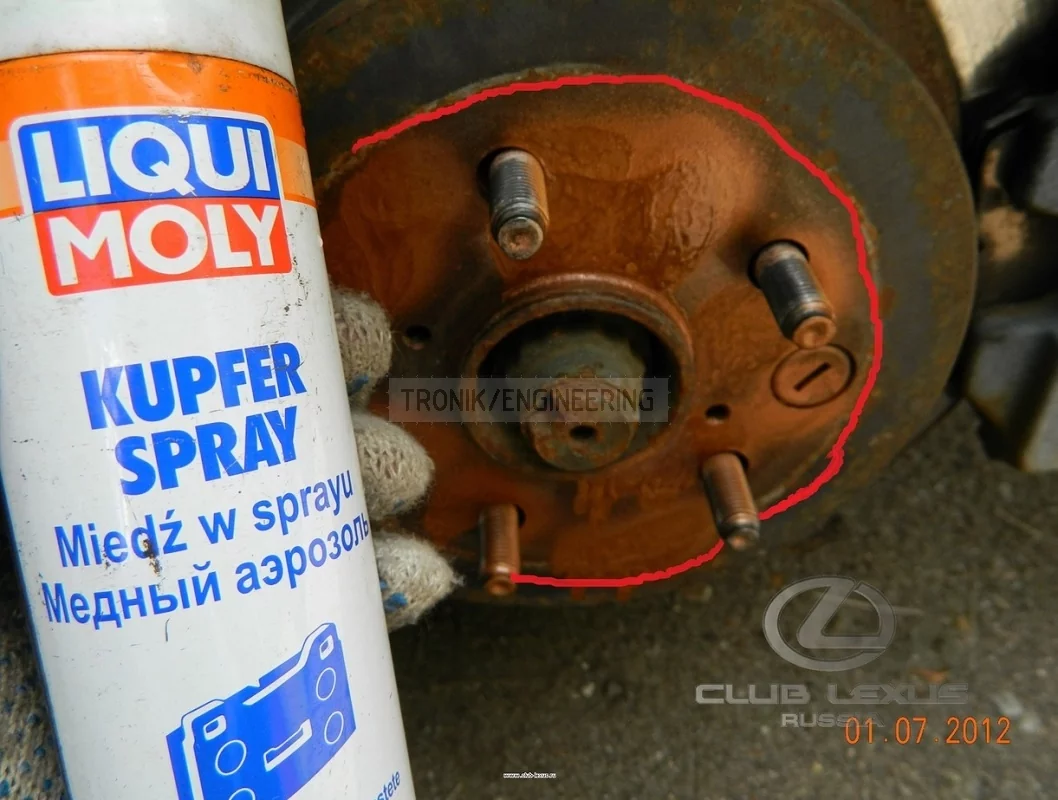
Even Porsche couldn’t avoid such fate.
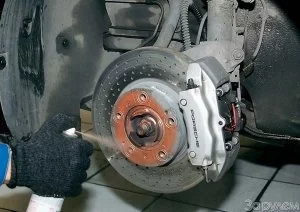
Now, let’s read the manual from a car manufacturer.
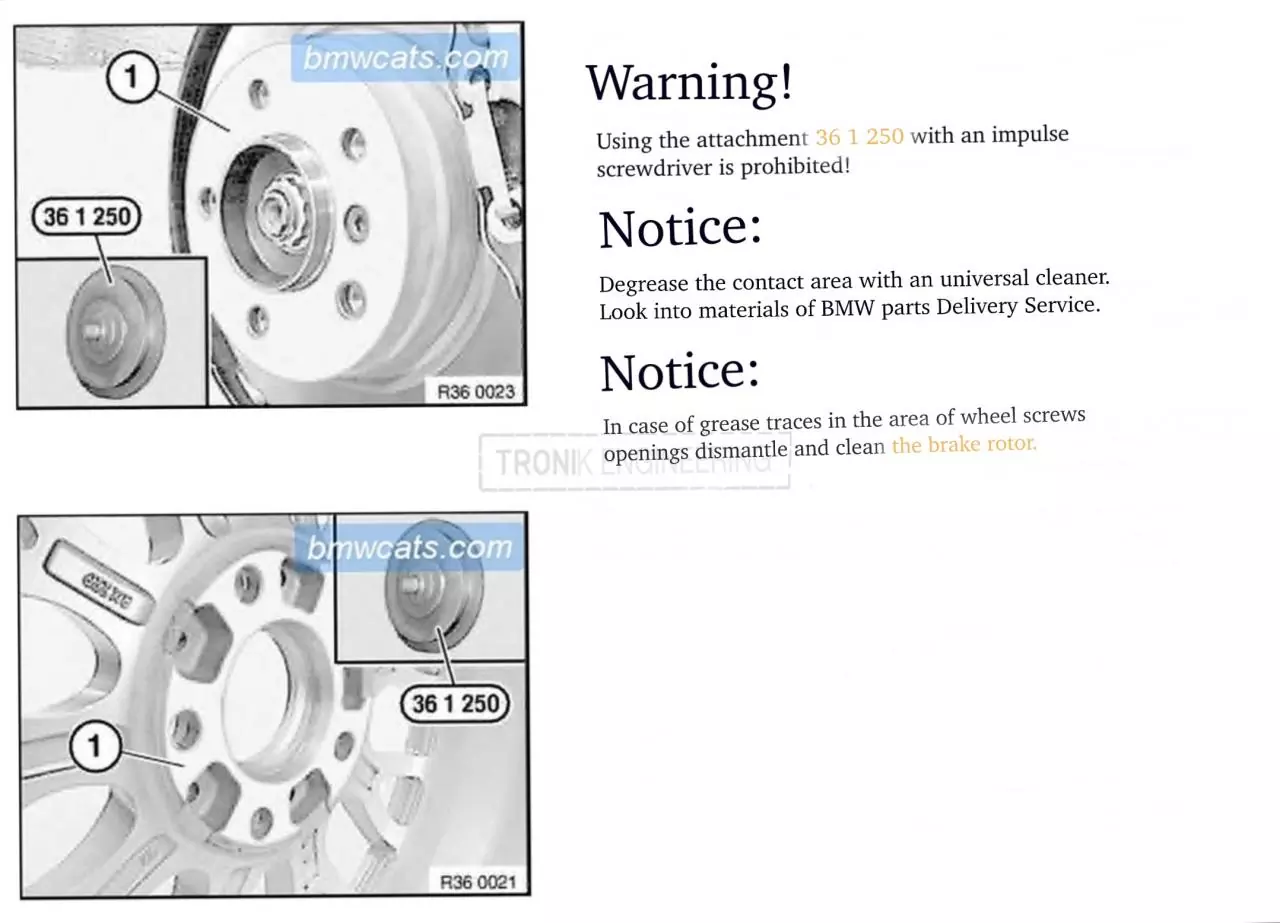
Some theory, that explains why:
